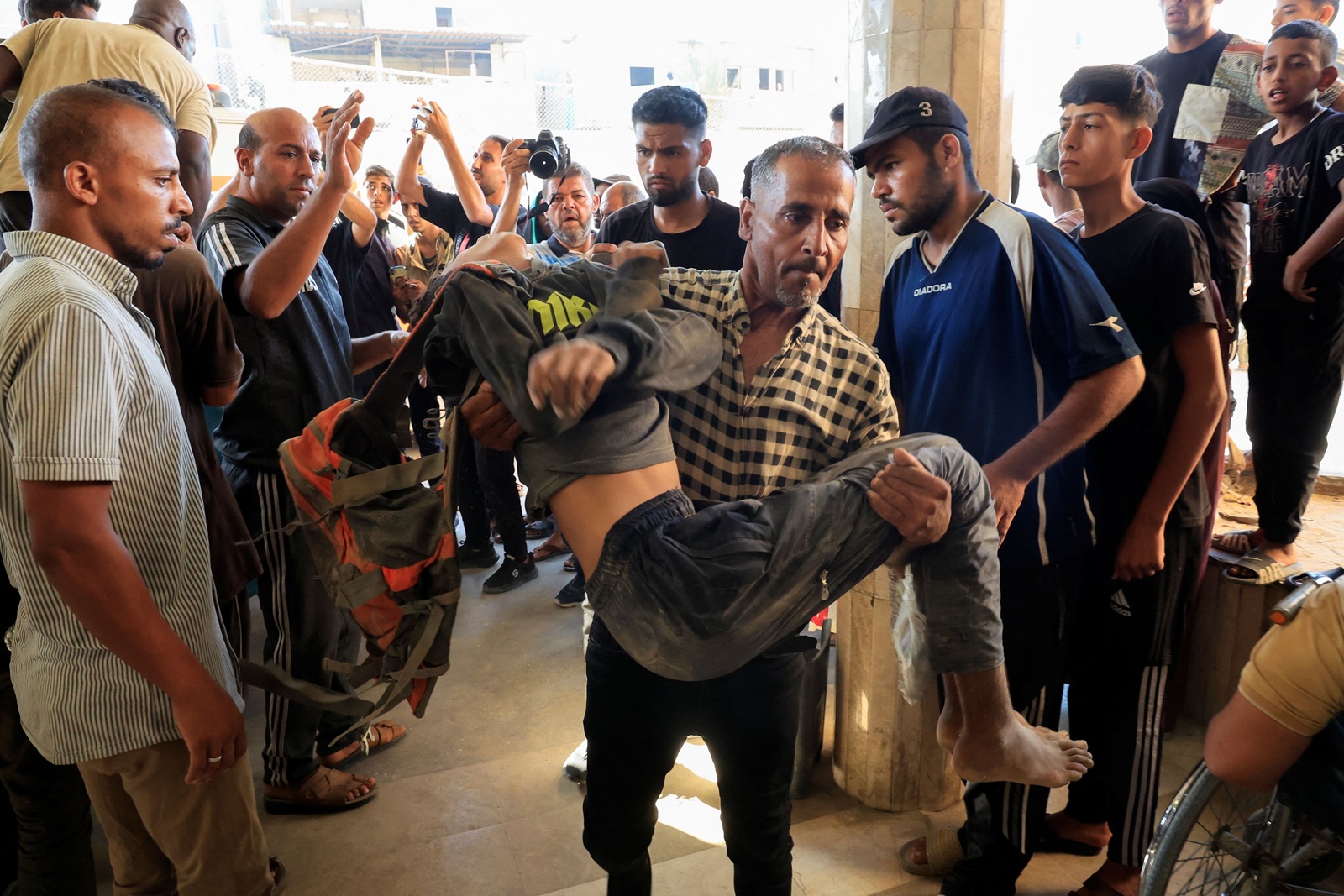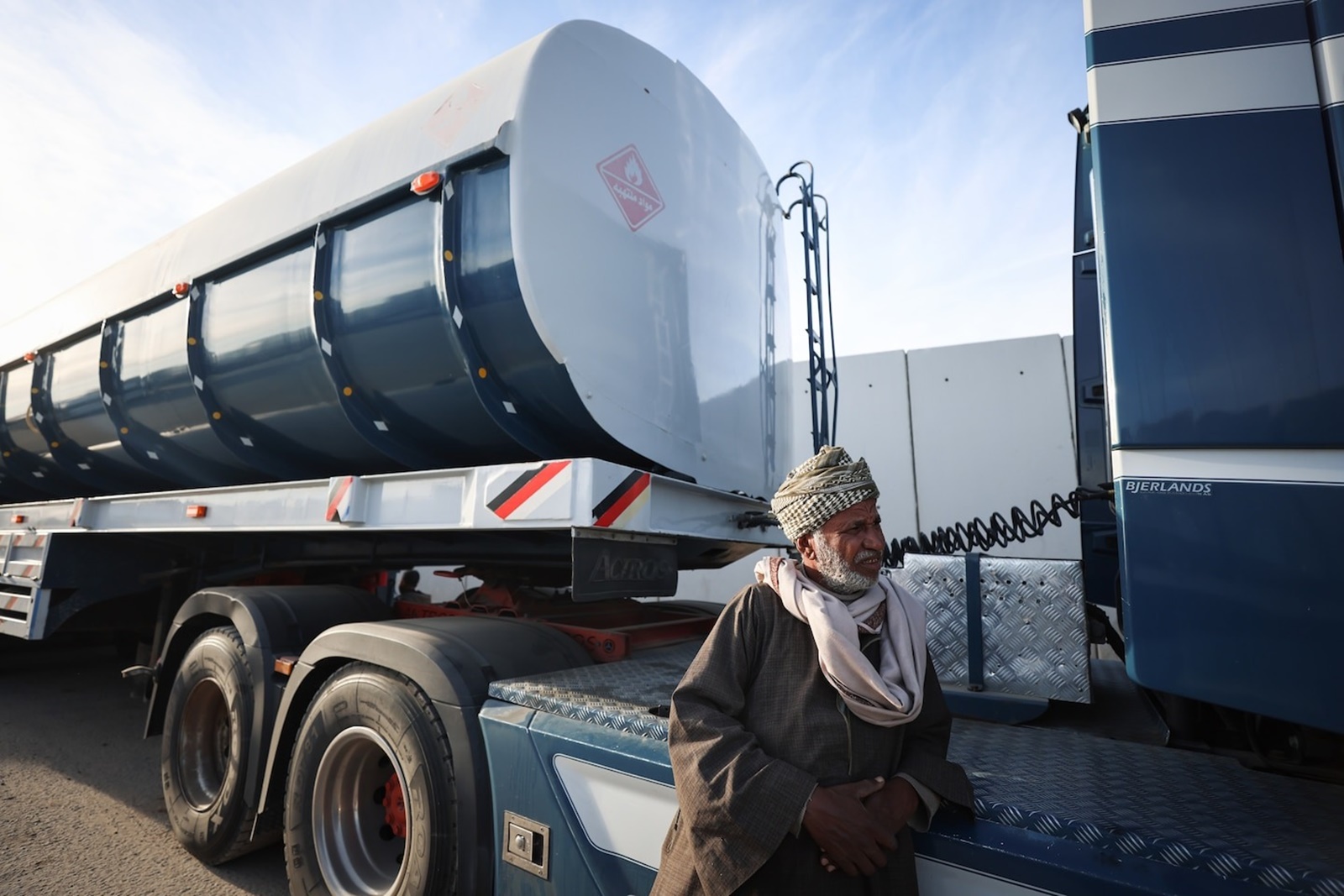One month after Hamas's large-scale incursion into southern Israel on 7/10/2023, which triggered a devastating Israeli Defense Forces (IDF) counteroffensive in Gaza, Hamas leaders believed the heavy price paid—thousands dead and families destroyed—was necessary.
"We needed to change the situation," Khalil al-Hayya, a senior Hamas leader, declared in Doha, Qatar, in 11/2023. "We have succeeded in bringing the Palestinian issue to the negotiating table, and now no one in the Middle East can ignore it."
"I believe that the Arab world will stand with us," added Taher El-Nounou, a Hamas media advisor, at the time.
Ibrahim Madhoun, a Gaza-based analyst close to Hamas, said that when these statements were made, Hamas leaders believed the war with Israel would not last more than a year. They anticipated Israel would withdraw, halting military actions in the face of heavy losses, while Hamas, bolstered by regional allies, would endure.
These calculations proved disastrously wrong. 20 months later, the conflict continues with no end in sight. Middle Eastern militias that once vocally supported Hamas have been weakened by their own battles with the IDF. Iran, a key backer of the "Axis of Resistance" supporting Hamas, has also suffered significant losses in clashes with Israel.
According to Oded Ailam, a former senior Israeli intelligence officer, Hamas's military wing is now struggling to pay its fighters due to depleted funds. The group is also unable to rebuild the tunnels and underground command centers destroyed by Israeli forces.
In May, before being killed in an airstrike, Hamas military commander Mohammed Sinwar was hiding in a simple 9-meter-deep bunker beneath a hospital in southern Gaza.
This bunker was a stark contrast to the elaborate underground complex discovered by the IDF in northern Gaza, featuring white-tiled rooms, blast-proof doors, ventilation systems, and ample space for weapons storage.
 |
Members of the Izzedine al-Qassam Brigades, Hamas's armed wing, participate in an anti-Israel march in Khan Younis, southern Gaza Strip, November 2019. *Photo: AFP* |
"Hamas can no longer rebuild tunnels or pay its elite members. They are simply surviving," Ailam said.
An Israeli military official stated that Hamas has lost 90% of its leadership and 90% of its weapons stockpile during the conflict.
A Hamas police officer and two Gaza residents confirmed that the Hamas administration can no longer pay salaries to security forces and civil servants in the territory they have controlled since 2007, nor can they provide death benefits to families of slain fighters.
Analyst Madhoun believes Hamas's financial crisis stems from their failure to anticipate the conflict's duration and adequately prepare resources.
With resources dwindling, Hamas has implemented austerity measures, including cuts to administrative expenses and salaries. They have also attempted to raise funds through local donations and their "network of relationships," but these efforts have yielded little.
Before the conflict, Hamas's primary revenue sources were taxes on commercial goods entering Gaza and control over aid supplies.
A contractor who worked at Gaza's border crossings said Hamas regularly extorted around 6,000 USD from local merchants, threatening to confiscate their trucks if they refused to pay.
 |
A person injured after a stampede at an aid distribution point in Khan Younis on 16/7. *Photo: Reuters* |
A regional economic reporter said that before the war, "fuel and cigarettes were the most heavily taxed and most profitable items for the Hamas administration in Gaza." A Gaza businessman added that Hamas imposed at least a 20% tax on many goods.
When the conflict with Israel erupted, in addition to taxing goods, Hamas profited by allowing affiliated merchants to sell essential items like sugar and flour at inflated prices.
The Gaza economic reporter, speaking anonymously for fear of reprisal, confirmed this practice. He said Hamas sometimes restricted market supply by delaying aid distribution for several days to drive up prices.
However, since Israel's blockade on aid to Gaza in March, Hamas's revenue has plummeted. According to an Israeli military official, Tel Aviv and Washington established a Humanitarian Fund in May to provide food aid to the region, further squeezing Hamas's crucial revenue stream.
As military and financial pressures mount, Hamas faces declining support within its Gaza base.
 |
Trucks carrying aid pass through the Rafah border crossing from Egypt into Gaza on 19/1. *Photo: Washington Post* |
According to Rami, a 40-year-old employee of the Hamas-run administration, the current anger on Gaza's streets contrasts sharply with the early optimism of the conflict, when "we believed we were on the verge of liberating Palestine or achieving a major victory."
"Hamas's miscalculations and failure to foresee the consequences of the conflict have significantly contributed to the current disaster," Rami emphasized.
Adam Boehler, the US special envoy for hostage affairs in Gaza, on 21/7 urged Hamas to accept a deal with Israel and release the remaining hostages to end the war.
Mediators, including the US, Qatar, and Egypt, await Hamas's response to a proposed ceasefire with Israel, involving the release of 10 living hostages and the return of 18 bodies. Hamas has yet to comment on the proposal.
Vu Hoang (*Via Washington Post, AFP, Reuters*)












